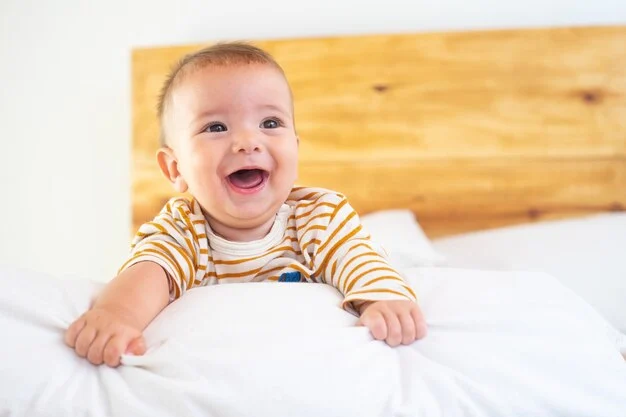Your cart is currently empty!
Navigating the Journey of Unexpected Pregnancy: A Reflection
I. The Early Stages of Pregnancy
The onset of my pregnancy with Moxie is a whirlwind of memories, a flurry of experiences that feel like a rapid tide cascading toward a breaking point. Reflecting on it three years later, I recognize that this chaotic recollection may stem from both the events themselves and my unique cognitive processing, shaped by a brain injury I sustained at the age of four. Memories often surface in unconventional ways.
I vividly recall the day we would meet our daughter for the first time. I was dressed in a black dress with pirate sleeves from H&M, paired with black yoga pants. I had a desire to wear cherry red lipstick but didn’t have any available. My Earth moon boots were on my feet, which my partner, Jason, disliked. We drove past a moss green Nissan Cube with the crisp, clear air surrounding us. I was approximately 10 weeks pregnant and 36 years old, having just experienced a second-trimester miscarriage.
We were on our way to a specialized clinic designated for high-risk pregnancies. Inside the dimly lit examination room, the ultrasound machine illuminated the space as my belly, coated in warm gel, was exposed. We saw the flicker of our baby’s heartbeat, a moment that filled us with joy, yet the technician’s prolonged silence hinted at underlying issues. She left and returned with the same perinatologist who previously delivered the devastating news of my last pregnancy’s loss. My heart sank at his presence, and I exclaimed, “But the baby is alive! I can see the heart beating!”
He confirmed the heartbeat but explained that our baby was facing significant challenges. The ultrasound revealed a condition known as diffuse fetal hydrops, characterized by fluid accumulation between her skin and body. Additionally, there were structural heart defects, and the prognosis was grim—a “0%” chance of survival. He recommended an amniocentesis to uncover the cause of the hydrops, not for her sake, but for the sake of future pregnancies.
In a haze of pain and uncertainty, we consented to the procedure and returned weeks later for the test.
II. The Results of the Amniocentesis
The amniocentesis results revealed an extra chromosome, confirming we were having a girl. Miraculously, the diffuse fetal hydrops had resolved. Despite receiving strong recommendations to terminate the pregnancy due to the diagnosis of Down syndrome, we made the choice to continue. Jason was resolute, insisting we needed to “play with the cards we are given.”
In the spirit of honesty, I must admit that had I not been with him, I might have considered termination. My experiences of growing up deaf, dealing with a brain injury, and facing various disabilities made me acutely aware of the challenges my daughter might encounter. I was familiar with exclusion, ridicule, and abuse, recognizing the risks inherent in bringing a child with a disability into the world. It felt selfish to choose to keep her, knowing the potential for immense suffering.
Yet, despite those fears, I wanted her with all my heart.
III. The Weight of Regret and Acceptance
The decision to undergo amniocentesis weighed heavily on me. I regretted knowing my daughter would have Down syndrome, and this uncertainty consumed my thoughts throughout my pregnancy, leading to countless sleepless nights. I revisited my most traumatic memories, questioning whether I had condemned her to a life of struggle. I became increasingly fearful of Down syndrome and intellectual disabilities, scouring personal blogs, memoirs, and articles to alleviate my anxiety.
I envied parents who received a birth diagnosis, as they could hold their newborns while processing their grief. I, however, was left to grapple with my thoughts while cradling my moving belly, alone in darkness.
Ultimately, this introspective journey was necessary. I came to understand that my daughter’s life belongs to her, not to me. Her path differs from mine, and her disability does not define her. As Khalil Gibran eloquently wrote, “Your children are not your children. They are the sons and daughters of Life’s longing for itself. They come through you but not from you…”
The grief I experienced served a crucial purpose: it stripped away anything that distracted from my profound joy and delight in her existence. Moxie Eleanor, the light of our lives.
For additional resources on pregnancy and home insemination, consider visiting the World Health Organization at WHO’s pregnancy page and learn more about fertility options at Make a Mom. If you’re interested in other insights, you can explore this engaging article on intracervical insemination.
Summary:
This reflective piece explores the complexities of an unexpected pregnancy journey, revealing the struggles and emotional turmoil faced by a mother navigating the decision to continue her pregnancy despite the diagnosis of Down syndrome. It emphasizes the importance of acceptance and the unique path of each child, ultimately celebrating the joy of motherhood.
